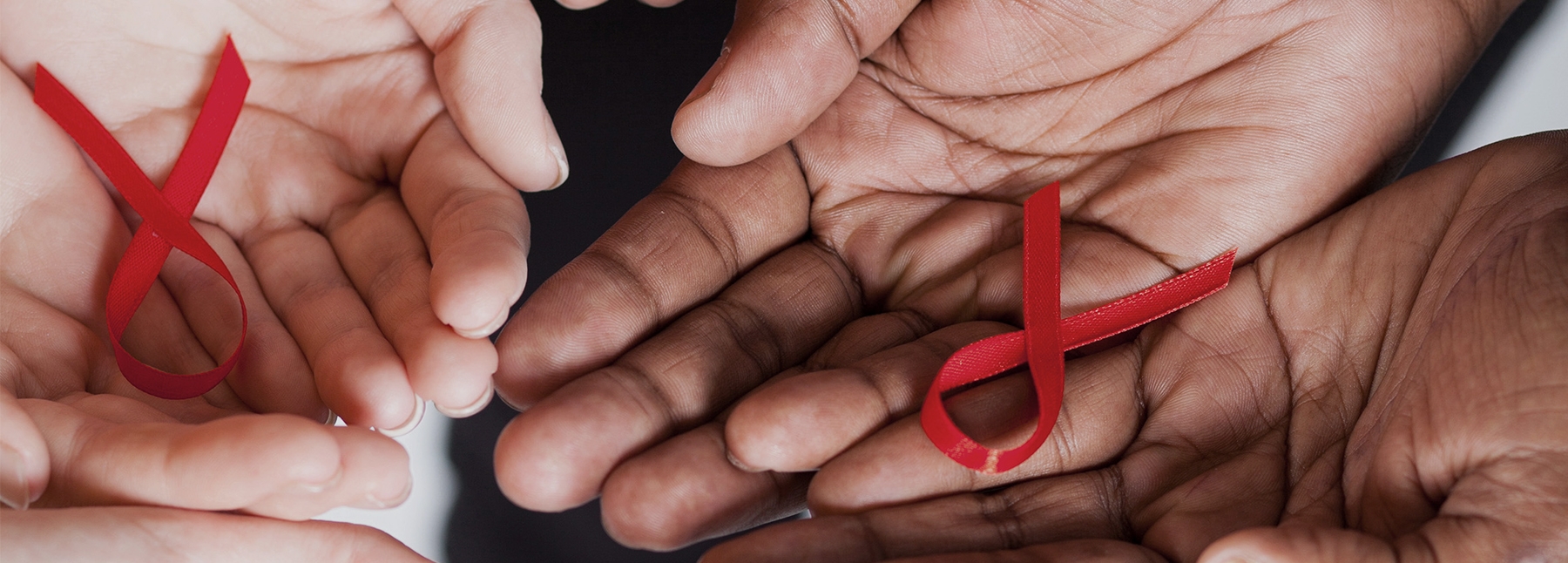World AIDS Day on December 1 2015 aimed to unite people in the fight against HIV, the human immunodeficiency virus first identified in 1984.
UNAIDS, the Joint United Nations programme on HIV/AIDS, released a report ahead of World AIDS Day showing that countries are getting on the fast-track to end AIDS by 2030 as part of the Sustainable Development Goals. By adapting to a changing global environment and maximizing innovations, countries are seeing greater efficiencies and better results in the fight against HIV/AIDS.
Progress in responding to HIV over the past 15 years has been extraordinary. By June 2015, UNAIDS estimates that 15.8 million people were accessing antiretroviral therapy, compared to 7.5 million people in 2010 and 2.2 million people in 2005. At the end of 2014, UNAIDS estimate that new HIV infections had fallen by 35% since the peak in 2000 and AIDS-related deaths have fallen by 42% since the 2004 peak.


